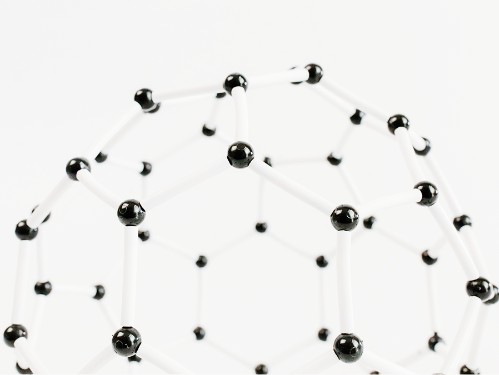Summary
Physics advocates research on unifying chemical bonds and recognized parallels on a different (and non-reductive) level, as per the concept of the Great Unification of Forces in Nature. From this perspective, a Physicochemical Grand Unification of Forces would be a worthy project for humankind in order to increase our undertanding of existence and to improve our lives. This entry collection aims to present an account of chemical bonds and interactions in nano- to maco-environments.
Entries
Topic Review
- 2.9K
- 14 Jun 2023
Topic Review
- 1.6K
- 07 Jun 2023
Topic Review
- 1.3K
- 01 Jun 2023
Topic Review
- 6.5K
- 10 May 2023
Topic Review
- 2.2K
- 14 Apr 2023
Topic Review
- 1.7K
- 30 Mar 2023
Topic Review
- 6.7K
- 24 Mar 2023
Topic Review
- 16.7K
- 15 Feb 2023
Topic Review
- 1.2K
- 30 Dec 2022
Topic Review
- 3.1K
- 26 Dec 2022

